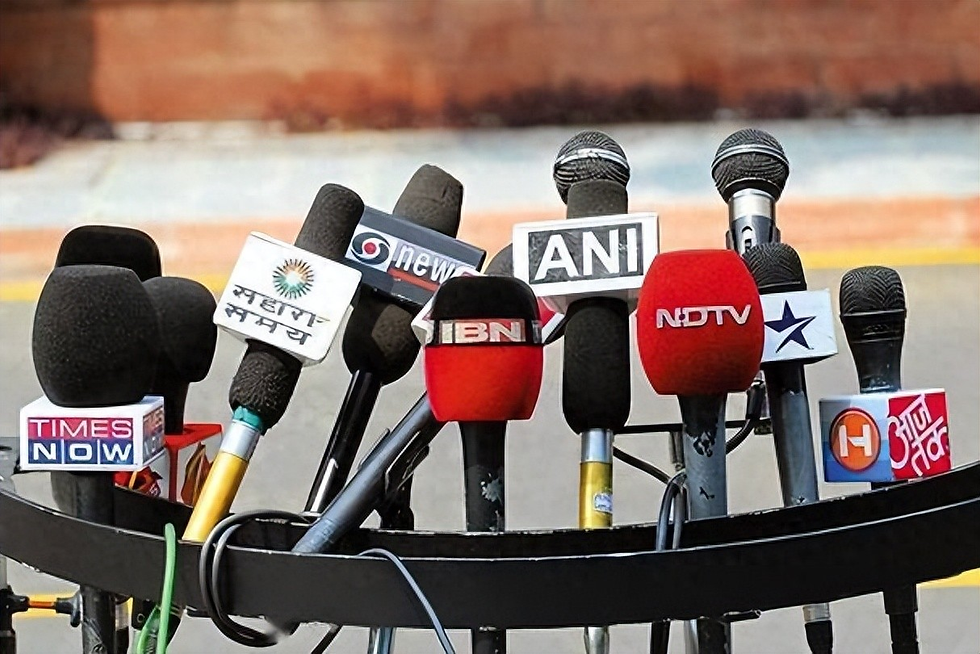India's lunar mission plans to ride a motorcycle to collect soil samples from the moon.
- CosDream News

- Jul 3, 2024
- 3 min read
In March 1984, the Soviet Union launched the Soyuz spacecraft into space, carrying an Indian astronaut who hitched a ride on this flight, arriving at the Salyut 7 space station and spending eight days there.
The astronaut was named Sharma, and he and his team conducted a variety of scientific and technological research at the Salyut 7 space station, including 43 biological experiments.
India's space journey marked several significant milestones.
In 2008, India successfully launched its first lunar probe, Chandrayaan-1, marking a crucial achievement in the country's space endeavors.
Subsequently, India successfully launched the Mars Orbiter Mission, Mangalyaan, becoming the fourth country after the United States, Russia, and the European Space Agency to reach Mars successfully.
However, India's manned space program and space station construction have faced challenges.
While India planned to launch its first manned space mission, Gaganyaan, in 2022, the execution was delayed to 2024 due to the impact of the COVID-19 pandemic.
On February 27, 2024, the four astronauts selected for India's first manned space mission were officially unveiled.
Furthermore, India has made significant strides in lunar exploration.
On August 23, 2023, India's Chandrayaan-3 successfully landed near the lunar south pole, becoming the fourth country in the world to achieve a soft landing on the moon and the first to land near the lunar south pole.
On August 29 of the same year, the Indian Space Research Organisation (ISRO) released lunar surface images captured by the Chandrayaan-3 rover, Vikram.
Despite many achievements, India has also faced setbacks in its space development journey.
A recent rocket launch failure drew widespread attention when the rocket exploded on the launch pad due to a propulsion system installation error.
While this failure was a setback for India's space program, it did not shake its determination to continue exploring space.
In the face of international competition, especially China's rapid development in space exploration, India remains steadfast in advancing its space plans.
For instance, in response to China's successful Chang'e-6 lunar probe mission, India announced an early start to its Chandrayaan-4 mission, planned for launch using dual rockets, aimed at collecting lunar samples and returning them to Earth.
These efforts demonstrate India's ambition and determination in space exploration.
Despite challenges and failures, India's space program remains proactive, striving to become one of the world's leading space powers.
In addition to the aforementioned space achievements, India's advancements in technology and aerospace showcase its role and efforts in the global space race.
From successfully launching its first lunar probe to challenging Mars exploration achievements, the Indian Space Research Organisation (ISRO) demonstrates its capabilities in technological innovation and engineering implementation.
On August 23, 2023, India's Chandrayaan-3 successfully landed near the lunar south pole, an area considered a potential hotspot for future lunar resource development.
The arrival of the Vikram rover brought precise lunar surface images and scientific data, laying a solid foundation for future exploration and research.
However, India faces greater challenges in manned spaceflight.
Despite the initial postponement in 2022, India's manned space mission, Gaganyaan, continues to inspire the country's technology sector and public.
This mission signifies India's status as the fourth country, after the United States, Russia, and China, capable of independently conducting manned space missions.
India's space dreams extend beyond the moon and Mars to include the construction of its own space station.
According to Indian media reports, India plans to complete the construction of its first space station by 2030.
This plan will make India the country with its own space station after the International Space Station, providing a platform for long-term space exploration and experiments.
In the international space race, India competes with other major countries, particularly Asia's leader, China.
China's Chang'e series of probes have successfully reached the moon multiple times, including collecting and returning soil samples from the far side of the moon in 2023.
These achievements not only demonstrate China's technological prowess in space exploration but also stimulate India to accelerate its own space endeavors.
Nevertheless, India's efforts and determination in the field of space continue to be recognized.
Advancements in its aerospace technology not only serve domestic technological development and economic growth but also contribute significant resources and technological innovations to global space exploration.
India's space dreams are not just about technological challenges and breakthroughs but also part of the country's overall development strategy.
With advances in future technologies and deepening international cooperation, India is expected to continue playing a significant role in space exploration and technological innovation, making greater contributions to humanity's exploration of the boundaries of the universe.








Comments